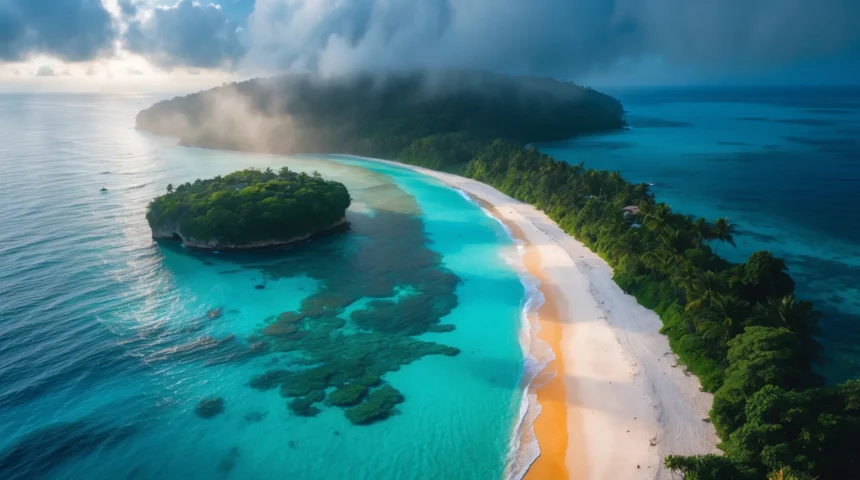Introduction
Are you dreaming of escaping to a place where the ordinary fades away and the extraordinary takes over? That’s the allure of unique islands—each one offering a world of its own. From remote volcanic craters to islands with floating communities, these destinations hold a special charm that goes far beyond the typical beach vacation.
Islands have long captivated travelers with their natural isolation, distinct ecosystems, and rich, often untouched cultures. Their rare geography, unusual wildlife, and off-the-map locations make them perfect for those seeking authentic, offbeat island destinations.
In this article, we’ll explore 12 of the most unique islands in the world—places where nature, tradition, and wonder come together. Whether you love wildlife, geology, or cultural discoveries, these islands deserve a top spot on your bucket list.
Read More: Top 10 Most Popular Cities In The World To Visit In 2025
🗺 12 Most Unique Islands in the World
🏜 1. Socotra Island, Yemen

Location: Off the Horn of Africa, about 240 km east of Somalia and 380 km south of Yemen.
Uniqueness: Socotra is one of the most unique islands in the world due to its alien-like biodiversity. Over 30% of its plant life is endemic, meaning it’s found nowhere else on Earth. The Dragon Blood Tree and Bottle Tree are the most iconic.
Places to Visit: Homhil Plateau, Qalansiyah Beach, Detwah Lagoon, Diksam Plateau, and the Hoq Cave.
Travel Tips: Limited infrastructure means visitors should be ready for basic accommodations. It’s best to visit with a guided eco-tour to explore responsibly.
Best Time to Visit: October to April, when the weather is dry and more predictable.
Read More: Socotra, the Galapagos of the Indian Ocean: 8 Little-known Facts
🏕 2. Aogashima Island, Japan
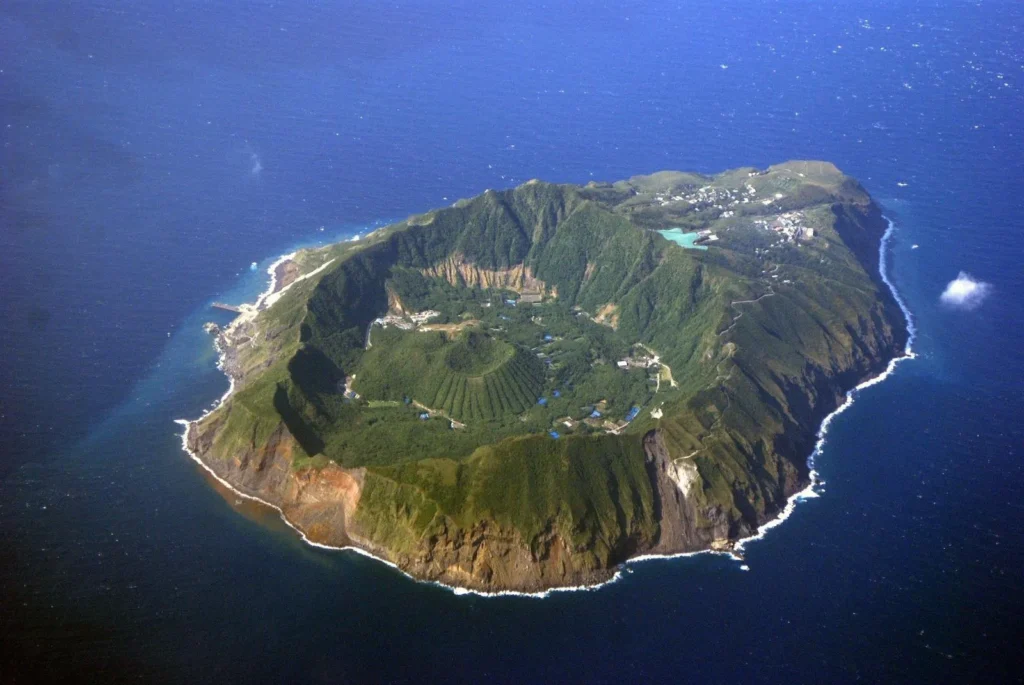
Location: Part of the Izu Islands, 358 km south of Tokyo in the Philippine Sea.
Uniqueness: A double caldera volcanic island, making it one of the most unusual islands on the planet. The geothermal activity enables locals to cook with steam vents.
Places to Visit: Maruyama Crater, public saunas powered by volcanic heat, and surrounding hiking trails.
Travel Tips: Accessible only by boat or helicopter from Hachijojima. Weather can disrupt transport, so flexibility is crucial.
Best Time to Visit: Spring (March to May) for stable weather and scenic views.
Read More: 7 Largest and Most Dangerous Volcanoes by Continent You Should Fear
🏞 3. Isle of Skye, Scotland

Location: Part of the Inner Hebrides, off the west coast of mainland Scotland.
Uniqueness: A magical mix of rugged mountains, ancient castles, and mythological sites. Among the most unique islands for history and scenery.
Places to Visit: Fairy Pools, Quiraing, Old Man of Storr, Dunvegan Castle, Neist Point Lighthouse.
Travel Tips: Rent a car for flexible exploration. Dress in layers—the weather can shift rapidly.
Best Time to Visit: May to September for mild temperatures and longer daylight hours.
Read More: 7 Incredible Facts About the World’s Highest Mountains by Continents You Should Know
🏝 4. Palawan, Philippines
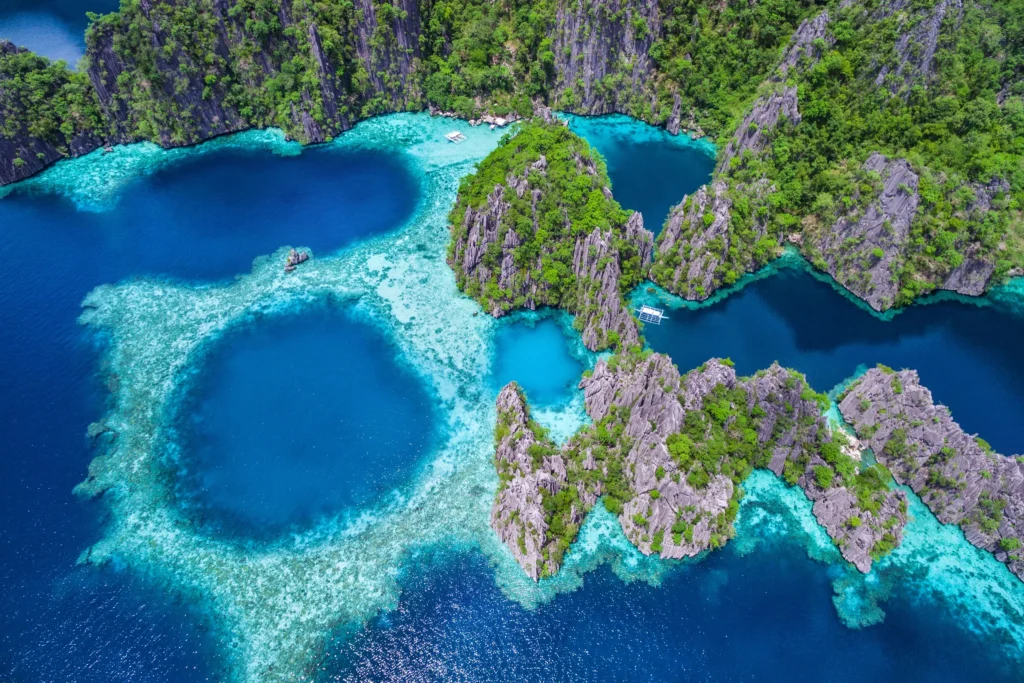
Location: Western Philippines, stretching between the South China Sea and the Sulu Sea.
Uniqueness: Home to dramatic karst limestone cliffs, crystal-clear waters, and the famous underground river in Puerto Princesa. A top choice for offbeat island destinations.
Places to Visit: El Nido, Coron, Puerto Princesa Underground River, Tubbataha Reefs.
Travel Tips: Book island-hopping tours early. Avoid plastic and respect marine life—Palawan focuses on eco-tourism.
Best Time to Visit: November to May, avoiding typhoon season.
Read More: Unveiling the Mystery of Giant Sinkholes: Ancient Forests Hidden in China’s Heavenly Pits
🌳 5. Madagascar
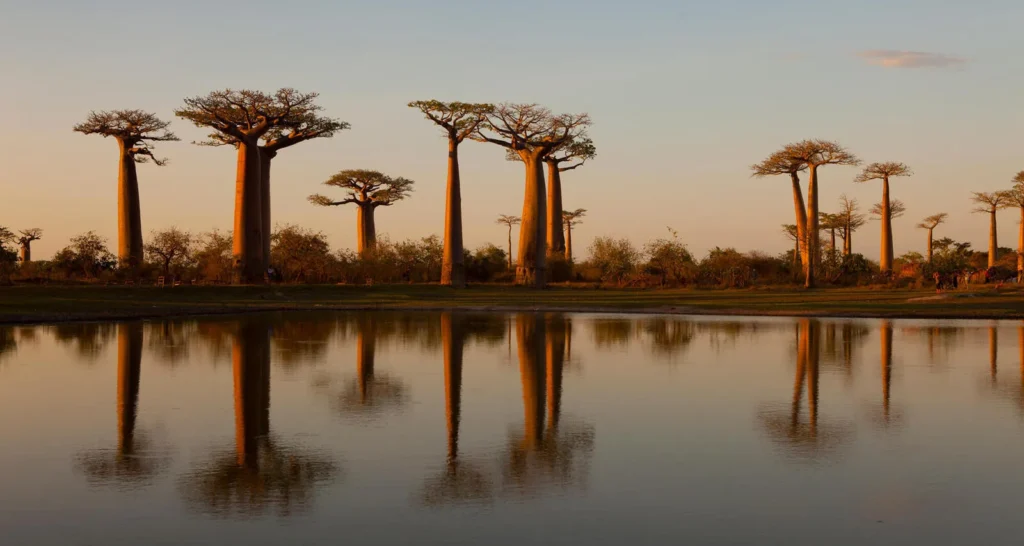
Location: In the Indian Ocean, off the southeastern coast of Africa.
Uniqueness: Known for its biodiversity; over 90% of wildlife is endemic. This makes it one of the most unique islands in the world for eco-travel.
Places to Visit: Avenue of the Baobabs, Ranomafana National Park, Isalo National Park, Nosy Be.
Travel Tips: Travel times can be long due to poor road conditions—fly domestically when possible. Use a local guide.
Best Time to Visit: April to October during the dry season.
Read More: Discover Tsingy de Bemaraha: Madagascar’s 100 Miles of Razor-Sharp Stone Wonders
🦌 6. Svalbard, Norway
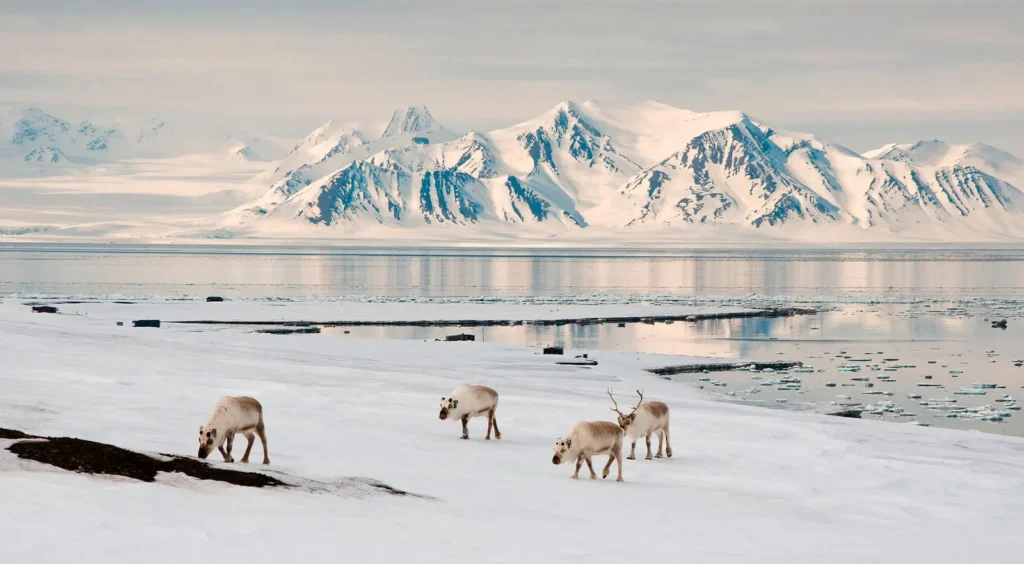
Location: Arctic Ocean, midway between mainland Norway and the North Pole.
Uniqueness: Home to polar bears, reindeer, and arctic foxes. Experience the midnight sun and polar night.
Places to Visit: Longyearbyen, Svalbard Global Seed Vault, Barentsburg, and various glaciers and fjords.
Travel Tips: Dress in thermal layers. Check visa rules—some areas require permits.
Best Time to Visit: Summer (June-August) for outdoor activities; Winter (November-February) for Northern Lights.
Read More: 6 Best Places to See the Northern Lights
🗻 7. Tanna Island, Vanuatu

Location: South Pacific, part of the Vanuatu archipelago.
Uniqueness: Features Mount Yasur, one of the world’s most accessible active volcanoes. Culturally rich with traditional villages.
Places to Visit: Mount Yasur, Blue Cave, Port Resolution, traditional kastom villages.
Travel Tips: Bring cash—ATMs are rare. Respect local customs, especially when visiting tribal areas.
Best Time to Visit: May to October for dry and pleasant weather.
Read More: Volcanic Eruption Prediction in 2025: 5 Proven Methods for Accurate Forecasting
🏖 8. Lord Howe Island, Australia

Location: About 600 km east of mainland Australia in the Tasman Sea.
Uniqueness: A UNESCO World Heritage site with visitor limits to preserve its environment. Perfect for nature lovers seeking unique islands with fewer crowds.
Places to Visit: Ned’s Beach, Mount Gower, Lagoon Beach, Lord Howe Island Museum.
Travel Tips: Flights only from Sydney or Brisbane. Book lodging early—only 400 tourists are allowed at a time.
Best Time to Visit: September to May, when the weather is warm and ideal for outdoor activities.
Read More: Tiny Protectors of the Coral Reefs: How Small Species Play a Big Role in Ocean Health
🚤 9. Tristan da Cunha, South Atlantic Ocean

Location: 2,400 km from South Africa, in the South Atlantic.
Uniqueness: The most remote inhabited island on Earth. A closed, tight-knit community with very few visitors annually.
Places to Visit: Edinburgh of the Seven Seas, volcanic caldera, local museums.
Travel Tips: Travel is via ship only—plan up to a year in advance. Visitors need government approval.
Best Time to Visit: December to March for the calmest seas and most welcoming weather.
Read More: Explosive Threat: Top 10 Most Dangerous Volcanoes on Earth
🐲 10. Komodo Island, Indonesia

Location: Part of the Lesser Sunda chain of islands in Indonesia.
Uniqueness: Home to the Komodo dragon—the largest lizard on Earth. One of the most unusual islands for wildlife encounters.
Places to Visit: Komodo National Park, Pink Beach, Padar Island.
Travel Tips: Entry requires a park permit. Stay on marked trails; Komodo dragons can be dangerous.
Best Time to Visit: April to December, avoiding the wet season.
Read More: 3 Differences Between Crocodile Alligator and Gharial
⛱ 11. Santorini, Greece
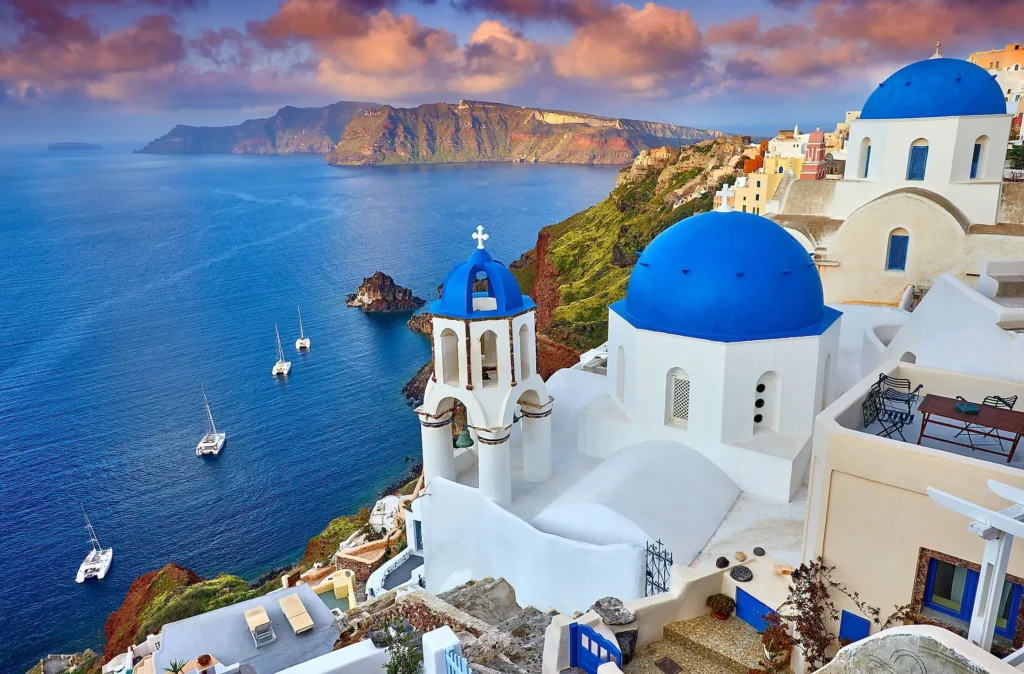
Location: Aegean Sea, part of the Cyclades group of islands.
Uniqueness: Built on a volcanic caldera, with iconic white-washed buildings and blue domes. A dreamy destination among unique islands.
Places to Visit: Oia, Fira, Red Beach, Akrotiri archaeological site.
Travel Tips: Avoid peak summer for lower prices and fewer crowds. Sunset views in Oia can get crowded—arrive early.
Best Time to Visit: April to June or September to early November.
Read More: 10 Fascinating and Mysterious Places on Earth You Won’t Believe Exist
🌋 12. Lake Taal Volcano Island, Philippines

Location: Inside Lake Taal, on Luzon island in the Philippines.
Uniqueness: It’s a volcano within a lake, inside a volcano. A geological wonder and one of the most unique islands in the world.
Places to Visit: Taal Volcano Crater Lake, Tagaytay Ridge, Taal Heritage Town.
Travel Tips: Access may be restricted after eruptions—check local advisories. Best explored with licensed guides.
Best Time to Visit: December to March when it’s dry and cool.
Read More: Lake Taal: The Breathtaking Volcano Island in the Heart of the Philippines
🌴 12 Most Unique Islands in the World at a Glimpse
| Island Name | Location | Main Attraction | Best Time to Visit |
|---|---|---|---|
| Socotra Island | Yemen, Arabian Sea | Dragon Blood Trees, endemic flora | October to April |
| Aogashima Island | Japan, Philippine Sea | Double caldera volcano, geothermal saunas | March to May |
| Isle of Skye | Scotland, UK | Fairy Pools, mystical landscapes | May to September |
| Palawan | Philippines | Underground River, karst cliffs | November to May |
| Madagascar | Indian Ocean, East of Africa | Lemurs, baobab trees, biodiversity | April to October |
| Svalbard | Norway, Arctic Ocean | Polar bears, midnight sun & polar night | June to August / Nov–Feb |
| Tanna Island | Vanuatu, South Pacific | Mount Yasur volcano, tribal culture | May to October |
| Lord Howe Island | Australia, Tasman Sea | Coral reefs, restricted tourism | September to May |
| Tristan da Cunha | South Atlantic Ocean | Most remote inhabited island | December to March |
| Komodo Island | Indonesia | Komodo dragons, pink beaches | April to December |
| Santorini | Greece, Aegean Sea | Caldera views, whitewashed architecture | April to June / Sept–Nov |
| Lake Taal Volcano | Philippines (Luzon) | Volcano in a lake within a volcano | December to March |
🚢 Travel Tips for Visiting Unique Islands
Exploring unique islands can be an unforgettable experience—if you’re well-prepared. Whether you’re heading to remote volcanic outposts or lush tropical retreats, keep these tips in mind:

- Pack smart: Bring lightweight, breathable clothing, reef-safe sunscreen, insect repellent, waterproof gear, and sturdy hiking shoes.
- Respect the ecosystem: Stay on designated trails, avoid touching wildlife, and never remove shells, rocks, or plants.
- Support local communities: Buy handmade goods, eat at family-run eateries, and hire local guides to enrich your visit to these offbeat island destinations.
- Stay eco-friendly: Use reusable bottles, avoid single-use plastics, and choose eco-lodging where possible.
- Be tech-prepared: The Internet may be limited—download maps offline and carry a power bank.
- Mind cultural norms: Dress modestly in traditional areas and always ask before taking photos.
- Travel insurance: Essential for medical needs and unexpected weather disruptions, especially on remote unique islands in the world.
Read More: 15 Incredible Places to See on Your California Road Trip for an Unbeatable Experience
Conclusion
From volcanic craters and floating villages to islands with mythical creatures and ancient traditions, we’ve uncovered some of the most unique islands on the planet. Each one offers something far beyond the ordinary—whether it’s rare wildlife, remote serenity, or surreal landscapes.
These offbeat island destinations invite us to see the world differently and appreciate the diversity that lies far from typical tourist paths. If you’re craving adventure, culture, or untouched natural beauty, these unique islands in the world deserve a spot on your travel radar.
Remember, it’s the lesser-known places that often leave the biggest impressions.
Which of these islands are on your bucket list? Share in the comments!
And don’t forget to bookmark this list before your next big escape!
FAQs
1. Which unique islands are best for adventure travelers seeking thrilling experiences?
Komodo Island, Tanna Island, and Palawan offer trekking, volcano visits, and wildlife encounters—ideal for adventurous souls chasing offbeat island destinations.
2. Are there any unique islands with cultural or historical significance?
Yes, Santorini’s volcanic history and ancient ruins, and Tanna’s tribal heritage, make them culturally rich and historically significant among the unique islands.
3. Which unique islands offer the best marine life for snorkeling or diving?
Lord Howe Island, Palawan, and Madagascar boast thriving coral reefs and diverse marine species, excellent for diving and underwater photography enthusiasts.
4. Are there any unique islands that are still active volcanoes?
Yes, Aogashima in Japan and Tanna Island in Vanuatu are volcanic islands where geothermal activity and volcanic craters remain active and accessible to visitors.
5. When is the best time to visit the most unique islands in the world?
The best time varies—generally, dry seasons like April to October offer better weather, safer travel, and clearer views on unique islands worldwide.
6. Do I need travel insurance when visiting the most unusual islands?
Yes, travel insurance is highly recommended for all unique islands due to remote locations, unpredictable weather, and limited access to medical facilities.


